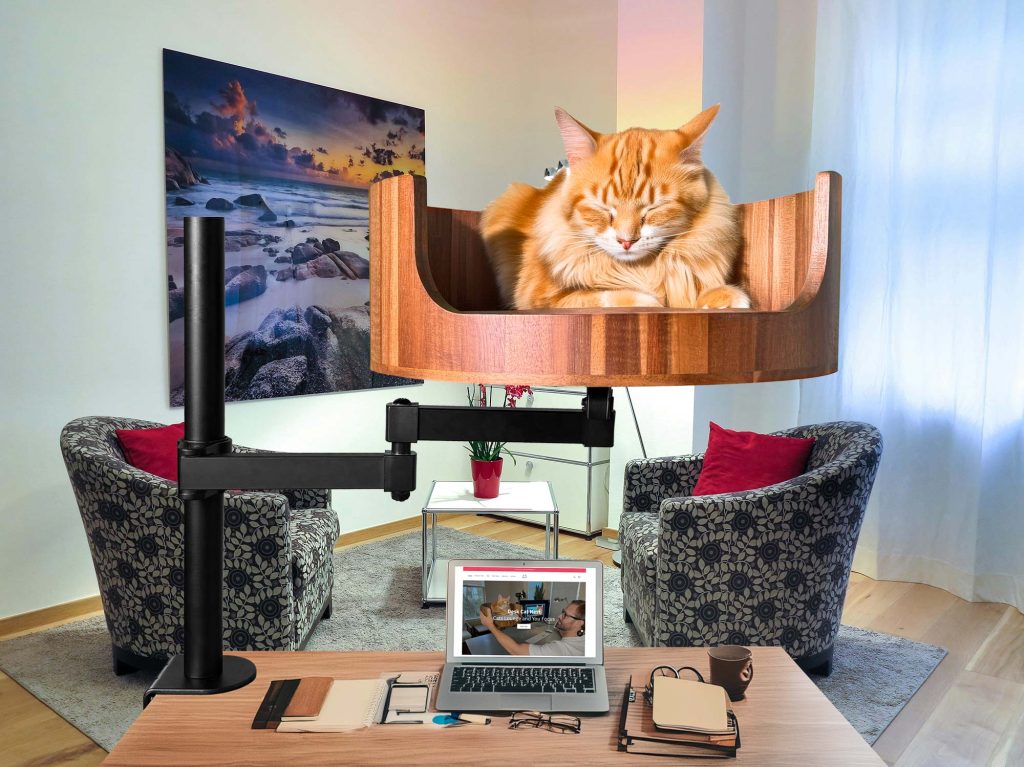Cats are beloved pets for millions of people around the world, known for their playful antics, independent nature, and, sometimes, their pungent odors. Feline flatulence, while not often discussed, can be a common occurrence for cat owners. In this article, we will delve into the causes of cats’ gas, providing insight into why your furry friend may be emitting foul smells and what you can do to mitigate it.
From dietary issues to underlying health conditions, there are a variety of reasons why cats may experience flatulence. Understanding these causes is essential for cat owners to ensure their pets’ well-being and comfort. We will explore the common culprits of cat gas, such as food intolerances, gastrointestinal infections, and even hairballs. Additionally, we will provide tips on how to prevent excessive flatulence in your cat, including dietary changes, regular grooming, and incorporating probiotics into their routine. By the end of this article, you will have a better understanding of feline flatulence and how to address it effectively.
1. Feline flatulence is often caused by dietary issues, such as low-quality food or food allergies.
2. Cats may also experience gas due to gastrointestinal problems, such as inflammatory bowel disease or parasites.
3. Regular veterinary check-ups can help identify and treat underlying issues contributing to excessive gas in cats.
4. Adjusting your cat’s diet with high-quality, easily digestible foods can help reduce flatulence.
5. It is important to monitor your cat’s behavior and seek professional advice if excessive gas persists, as it can be a sign of a more serious health issue.
Causes of Feline Flatulence
Flatulence in cats can have various root causes, including dietary factors, gastrointestinal issues, and underlying health conditions. Diet plays a significant role in feline flatulence, with certain ingredients like wheat, soy, dairy, and high-fat foods commonly known to trigger gas in cats. Gastrointestinal issues such as irritable bowel syndrome (IBS) or inflammatory bowel disease (IBD) can also lead to excessive gas production in felines. Additionally, underlying health conditions like pancreatitis or intestinal parasites may contribute to flatulence in cats.
Symptoms of Feline Flatulence
Recognizing the symptoms of feline flatulence is crucial for pet owners to address the issue promptly. Common signs of flatulence in cats include frequent passing of gas, foul-smelling odors, bloating, abdominal discomfort, and changes in bowel movements. Cats experiencing flatulence may also exhibit signs of discomfort or restlessness, indicating potential gastrointestinal issues that need to be addressed by a veterinarian.
Treatment and Management of Feline Flatulence
Treatment of feline flatulence typically involves identifying and addressing the underlying cause of the gas. Switching to a high-quality, easily digestible cat food that is free from common gas-triggering ingredients can often help reduce flatulence in cats. In some cases, probiotics or digestive enzymes may be recommended to improve gut health and reduce gas production. It is essential to work closely with a veterinarian to develop a tailored treatment plan for managing feline flatulence and ensuring the overall health and well-being of the cat.
Frequently Asked Questions
Can Desk Cat Nest help with my cat’s gas problems?
While Desk Cat Nest is not specifically designed to target gas problems in cats, providing a comfortable and secure spot for your cat to rest can promote relaxation, which may help reduce stress-induced gas issues.
Is Desk Cat Nest suitable for all cat sizes and breeds?
Desk Cat Nest is designed to accommodate small to medium-sized cats. Larger breeds may find the nest too snug, so it’s important to consider your cat’s size before purchasing.
How can I encourage my cat to use Desk Cat Nest?
Introducing your cat to Desk Cat Nest gradually can help encourage them to use it. Placing their favorite toys or treats inside the nest can also make it more enticing for them to explore and rest in.
Can Desk Cat Nest be easily cleaned?
Desk Cat Nest is made from durable and easy-to-clean materials, making maintenance a breeze. Simply spot clean with a damp cloth or vacuum with a handheld attachment to remove any fur or debris.
Is Desk Cat Nest safe for my cat to use unsupervised?
Desk Cat Nest is designed with your cat’s safety in mind and can be used unsupervised. However, it’s always a good idea to monitor your cat’s behavior when introducing them to a new environment or product.
In conclusion, the Desk Cat Bed is a valuable choice for cat owners looking to address their feline companion’s gas issues. This innovative product provides a comfortable and secure space for cats to relax and unwind, reducing stress and potential gastrointestinal disturbances that can contribute to gas. By creating a cozy and calming environment for your cat, the Desk Cat Bed can help alleviate gas symptoms and promote overall well-being. Invest in this stylish and functional piece of furniture today to keep your cat happy and healthy.


